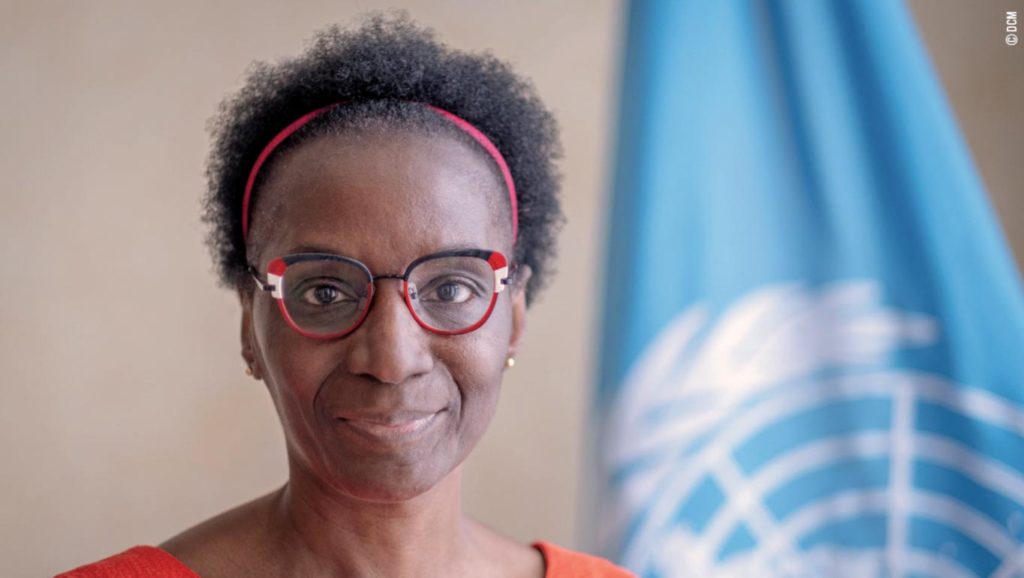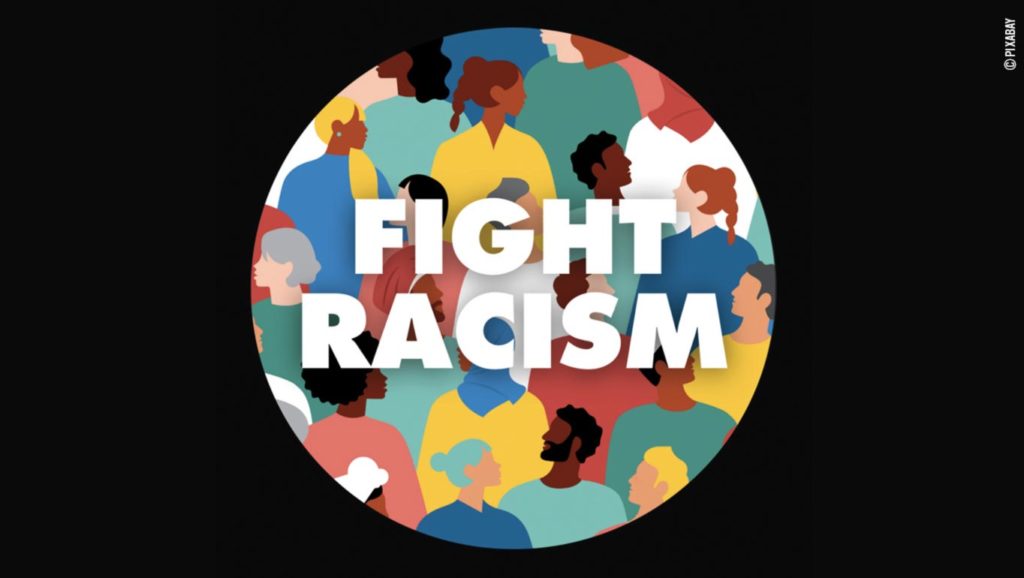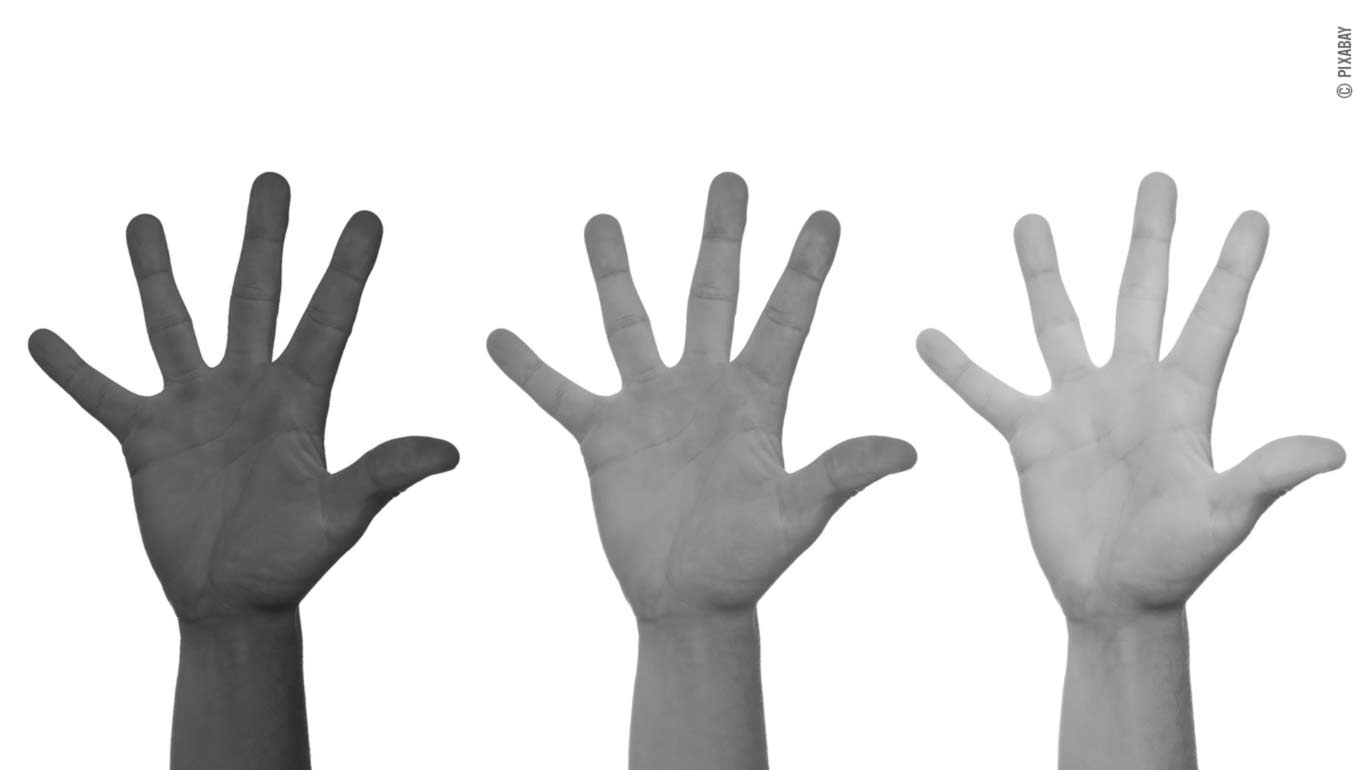Tell us about yourself
My UN career journey has seen me travel from freelance status based in Rome, working mostly for the Food and Agriculture Organization (FAO), and for European institutions in Brussels, through to appointment as a staff interpreter at United Nations Headquarters in New York in 2001. A transfer to UN Vienna followed, first as an interpreter, then as Chief of the French Booth, and then as Chief Interpreter. The path to joining the Division of Conference Management in Geneva in December 2017 has allowed me to see the United Nations through many lenses: different duty stations, different structures, different teams, different grade levels and different contract types.

What difference you would like to make through this important function?
My one message for everybody is that we are all in this together. Racism is not about black versus white. Our work – the United Nations’ work – is about collaborating together with respect for one another. Each and every one of us has a role to play in achieving this level of cooperation between colleagues. We should already know this, but when you can still look around in 2022 and see that there is no diversity at all in some services at the United Nations, obviously there is a problem. One of my goals will be to make sure that this problem is acknowledged and solved. If diversity doesn’t start at the United Nations, how can our work honestly embrace diversity for others?
How does racism manifest itself in the workplace?
Racism can be very subtle and can be very difficult to make tangible or to prove to others. Microaggressions are also much more common than people think or acknowledge. At the United Nations, racism can take different forms, big and small, and the UNOG Working group on addressing racism in the workplace will have to make recommendations on how to stem and manage this at every level, from policy change through to campaigns to call out racist or just plain disrespectful behavior. Like many other colleagues we have heard from, I can say from personal experience that microaggressions are sadly frequent. One that stands out is from my first day at the United Nations, a day you will agree is important in setting your career compass. I sat down in the interpretation lounge, an area where interpreters go at the start of their day or in between meetings. Someone passed by and made a point of informing me that I was not supposed to sit there as it was a lounge reserved for interpreters. What did this mean? Was there a standard interpreter profile? Was it basically assumed that, as a black woman, I did not have the look of a UN staff interpreter or freelancer?

What are the best ways to fight racism?
Acknowledging that there is racism at the UN is already a huge step. The next step is to talk about it, without fear. This is important and necessary. We need to listen to what staff have to say. After this communication stage, measures and recommendations need to be proposed. Finally, just publishing and reading reports is not enough: real action is needed, with progress publicly measured. Initiatives to achieve gender equality took decades to achieve concrete results.
Do you think the same will apply to addressing racism?
No, I don’t think so. The Secretary-General has adopted a strategic action plan, and the Director-General has created a working group and appointed a focal point for UNOG. Things are moving. I am actually quite optimistic – the important thing to remember is that we are all on this journey together.



